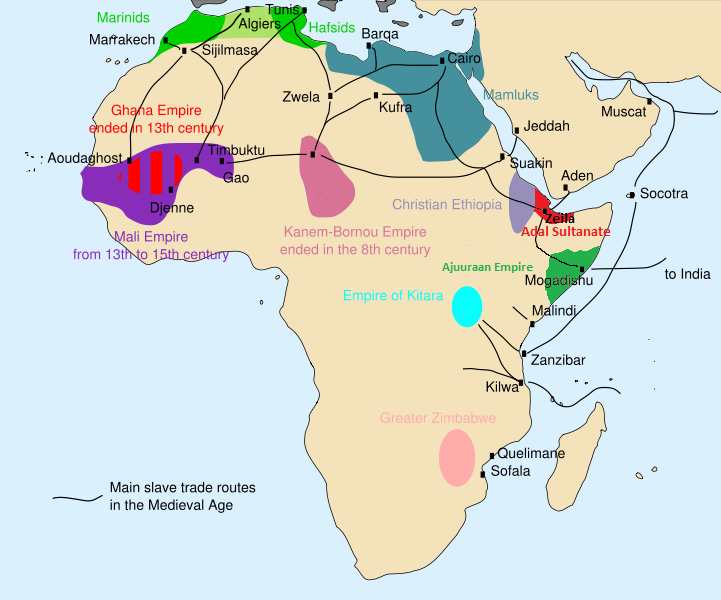https://wikivisually.com/wiki/Aweer_language
"Evidence suggests that the Aweer are remnants of the early hunter-gatherer inhabitants of Eastern Africa. According to linguistic, anthropological and other data, these groups later came under the influence of
Eastern and
Southern Cushitic peoples and adopted
Afro-Asiatic languages.
[9]"
https://ipfs.io/ipfs/QmXoypizjW3WknFiJnKLwHCnL72vedxjQkDDP1mXWo6uco/wiki/Dahalo_language.html
"The Dahalo, former elephant hunters, are dispersed among
Swahili and other Bantu peoples, with no villages of their own, and are bilingual in those languages. It may be that children are no longer learning the language.
[1]
Dahalo has a highly diverse sound system using all four
airstream mechanismsfound in human language:
clicks,
ejectives, and
implosives, as well as the universal
pulmonic sounds.
In addition, Dahalo makes a number of uncommon distinctions. It contrasts
laminal and
apical stops, as in languages of Australia and California;
epiglottal and
glottal stops and fricatives, as in the Mideast, the Caucasus, and the American Pacific Northwest; and is perhaps the only language in the world to contrast
alveolar lateral and
palatal lateral fricatives and affricates.
It is suspected that the Dahalo may have once spoken a Sandawe- or Hadza-like language, and that they retained clicks in some words when they shifted to Cushitic, because many of the words with clicks are basic vocabulary. If so, the clicks represent a substratum.
Dahalo is also called Sanye, a name shared with neighboring Waata, also spoken by former hunter-gatherers.
The classification of Dahalo is obscure. Traditionally included in
South Cushitic, Tosco (1991) argues instead that it is
East Cushitic,
[3] and Kießling (2001) agrees that it has too many Eastern features to be South Cushitic.
[4]"
https://www.somalispot.com/threads/bantu-expansion.56855/page-2#post-1552029
"Indigenous is a tricky word.
The question of whether Cushitic or Bantu speaking people inhabited southern Somalia first, clearly Cushitic people arrived first.
The question of whether SOMALI or Bantu speaking people inhabited southern Somalia first, that's more difficult but probably Bantu speaking people."
Folks who got there on their own did not arrive as slaves. Have either of you read The Book of the Zanj?
https://sites.google.com/site/historyofeastafrica/the-book-of-the-zanj
Cerulli, Enrico: Somalia: scritti vari editi ed inediti (Rome 1957)
"Under is given my amateur translation of The Book of the Zanj, a manuscript although 19th century is too important to be unreachable
for all those interested in the history of East Africa.

Fig: Sheikh Abu Bakr S. Muhiyiddiin (of the arab clan Al Faqi), Chief Qadi and Ulama in the 1920s. It was he who provided Cerulli with some
rare and precious documents, helping him to reconstruct the history of the Arabs in Banaadir. He was the owner of the The Book of the Zanjis
published by the famous scholar. The ancient documents, originally came from the archives of his grandfather, Mu’allim Mukarram who died
in 1850, and his father S. Muhiyiddiin, well-known as Mufti of Banaadir."


